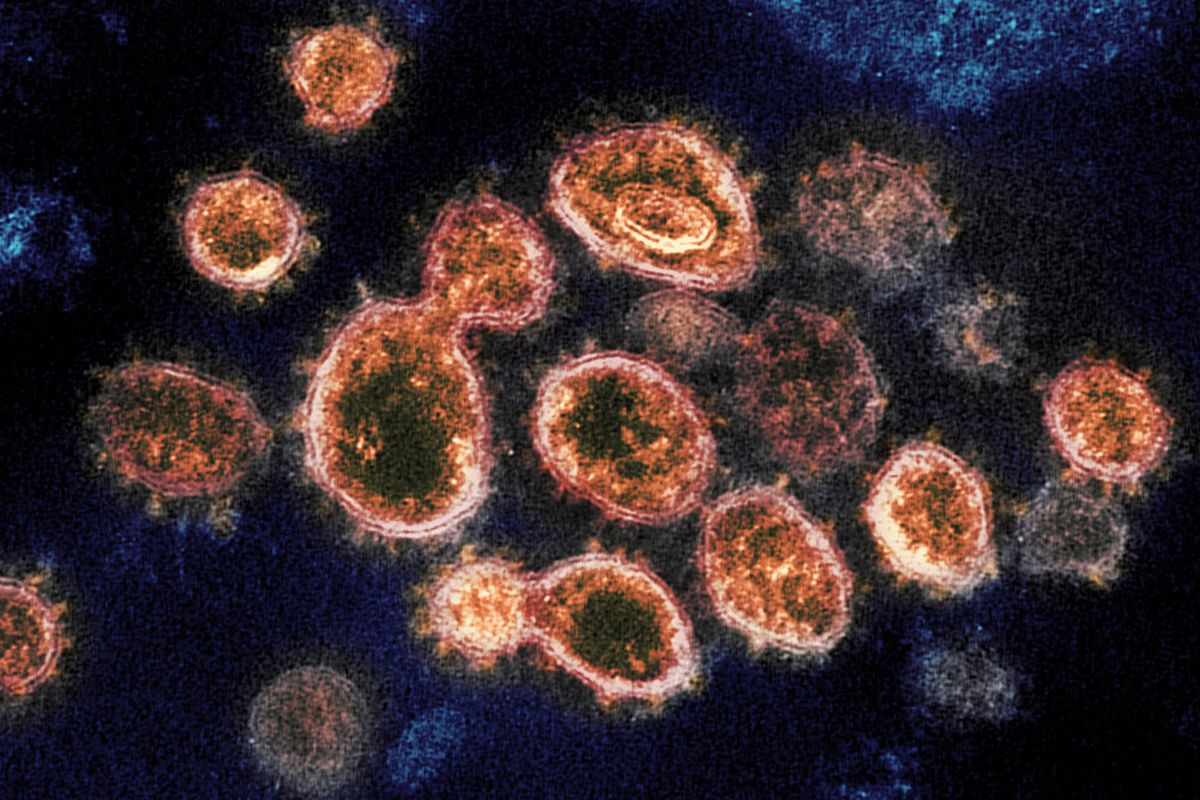Statement from the Advisory Group on SARS-CoV-2 Evolution in Animals
It has been demonstrated that SARS-CoV-2 can infect a broad range of species and both mink and white-tailed deer have been identified as potential reservoir hosts. Recently, there has been much speculation that the SARS-CoV-2 Omicron variant of concern, which has an unusual constellation of mutations, may have evolved independently in an animal host.
While all the Omicron mutations, including those identified as affecting receptor binding and immune escape, have previously been observed in human viruses (although some at very low frequencies), a rapid assessment of available sequence data does not suggest a close relationship with an animal virus characterised to date. However, the number of amino acid changes in the spike protein sequence does suggest that the virus may have been subjected to positive selective pressure.
A search of the public available genetic sequence databases indicates a need for enhanced genomic surveillance of SARS-CoV-2 in animals. For example, there are over 6 million sequences of SARS-CoV-2 from humans available on GISAID EpiCoV database but only approximately 1,500 sequences from animals. Similarly, there are over 2,5 million sequences from humans on the NCBI database but less than 250 animal sequences. Many different species on four continents are represented, but the vast majority of the sequences are of viruses from mink, cats, and white-tailed deer.
The possibility that Omicron emerged from an animal host cannot be dismissed as an alternative to other hypotheses, including viral evolution during persistent infection in an immunocompromised person. It appears there are no mutations shared by Omicron and viruses from animals that have not been identified in human viruses. However, some mutations in the Omicron spike are associated with adaptation in mice and, based on in silico investigations, it has been suggested by one research group that Omicron may have evolved in mice before spilling back into humans.
Epidemiological investigation of SARS-CoV-2 transmission to/by animals exposed to COVID-19 patients, targeted surveillance of potential hosts, and continuous monitoring of SARS-Cov-2 mutations in animals will assist our understanding of how viruses evolve in animals, whether new variants arise and whether they pose any threat to public health. It is essential that both animal and human sequences combined with epidemiological data are shared globally in real-time.

